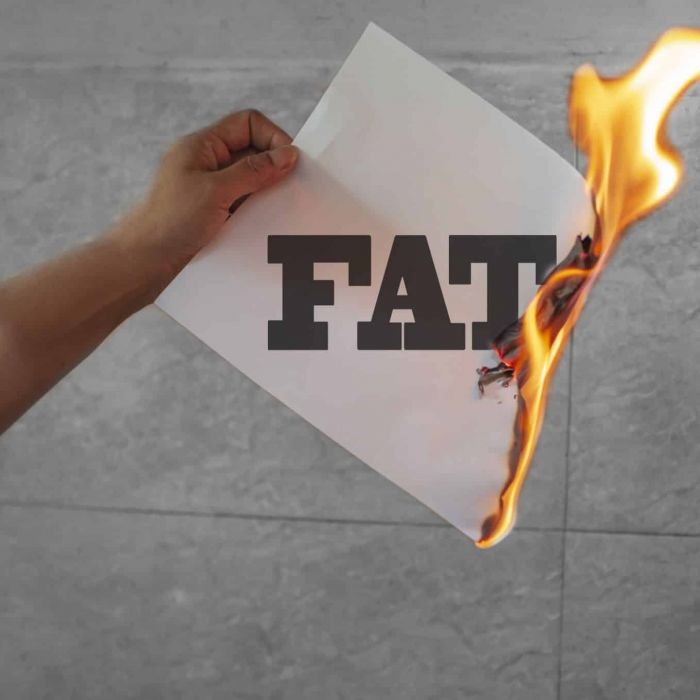Resistance training for weight loss has become equally, if not more popular, than traditional aerobic exercise among many exercise physiologists.
Resistance training involves applying overstress to the musculoskeletal system in order to increase muscular strength and endurance, and it has been shown to decrease fat mass and aid in the maintenance of a healthy body weight. These exercises can be performed using body weight only as resistance, as well as using free weights, weight training machines, resistance bands, or anything that will provide an overload to working muscles.
Resistance training leads to fat loss by increasing lean muscle mass and boosting basal metabolic rate (BMR) long after the exercise session. BMR is the caloric expenditure required to maintain normal body functions – that is the number of calories burned at rest each day, regardless of exercise.
The more calories burned each day (the higher BMR), the more weight lost (as long as caloric intake remains less than caloric expenditure). The more muscle mass comprised in a person’s total body mass, the more efficient their metabolic rate and the more weight loss they will experience.
Extensive research has shown that resistance training can decrease waist circumference and stomach fat, as well as lower the risk for cardiovascular disease and diabetes.
There are several ways in which a person can incorporate resistance training exercise into their daily routines. The American College of Sports Medicine (ACSM) recommends engaging in resistance training at least twice per week, performing eight to ten different exercises to include one exercise for each major muscle group, and performing each exercise for 10-15 repetitions.
Not exactly sure how to perform resistance training exercises? Join the Nu Image Fitness program at ageRejuvenation, where a Certified Strength and Conditioning Specialist will guide you through an exercise routine and instruct you on proper exercise technique and progression in a small group personal training environment that is focused on increasing physical activity, lean muscle mass, and mood, while decreasing waist circumference, fat mass, and cardiovascular disease and diabetes risk factors.








